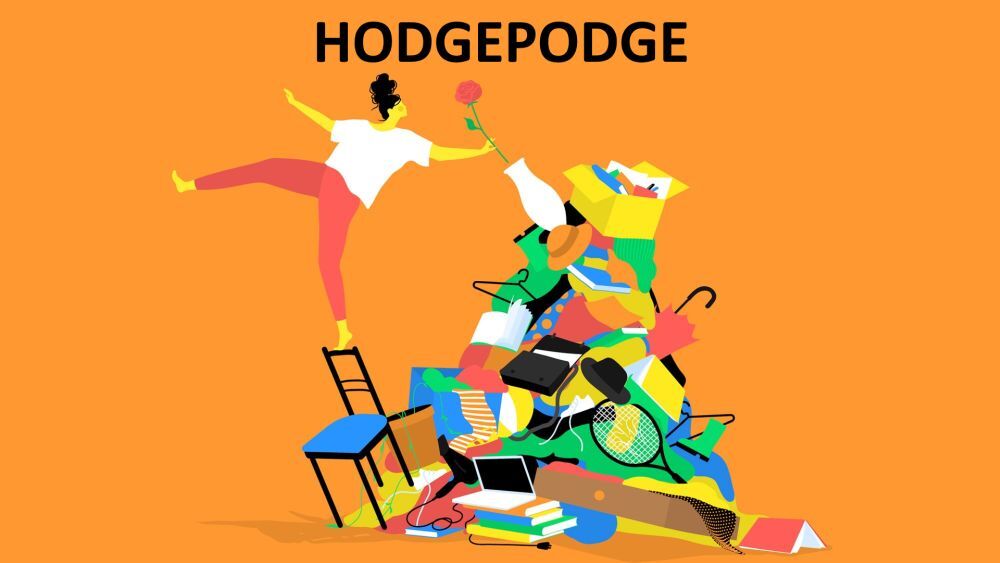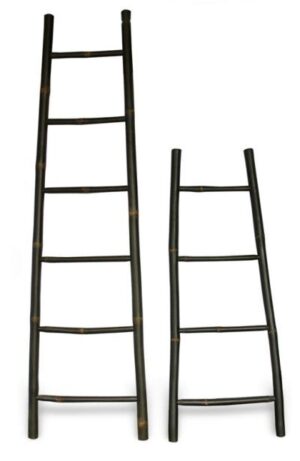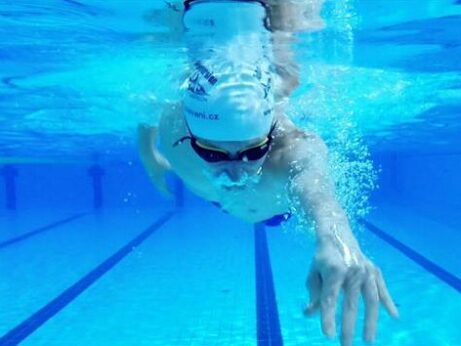Hodgepodge
When I teach live freestyle workshops, there are basically two groups of swimmers: the first group doesn’t know freestyle at all. They know how to swim, they can swim breaststroke but they don’t swim freestyle.
In the second group, swimmers know how to swim freestyle, but they struggle, they tire fast and it is exhausting for them.
Swimmers in the first group progress quite fast. They have no bad habits, learn quickly, and are open to new things. In the second group, the improvement is not so significant. Why is it so? One of the reasons is that swimmers from the second group don’t want to give up what they have learned before.
Typically, it seems they are trying to combine what they have learned before with what they are learning in the workshop. Since the traditional methodology of teaching swimming and the Smart Swimming method differ significantly, this results in a kind of hodgepodge that is not really working.

Traditional Teaching vs Smart Swimming Teaching
The traditional teaching is based on the assumption that freestyle is about pulling and kicking. The instructions begin by practicing the movement of the arms and legs. You usually use various swimming aids (boards, pull buoys, paddles) that help you to practice and train a kick or pull separately.
If swimmers feel that either whole or part of the body is sinking, they will start working more with their arms and legs to prevent sinking. This results in a typical survival stroke – an exhausting churning movement of the arms and legs. With a focus on better work of legs and arms, the traditional teaching helps to develop that survival stroke. Obviously, that’s not what we want.

Smart Swimming teaching, on the other hand, is about first comfort and the posture in the water. That means first to be comfortable and secure in the water and master the posture that creates the least resistance.
Only after this is accomplished, we add a propulsion. We want to be propelled from the center of the body. Main source of propulsion are weight shifts from one side to the other.
Let’s go back to the workshop to the second group – swimmers who swim freestyle a little. Most often, they are traditional freestylers who have become accustomed to relying exclusively on pull and kick.
Then, when they are to shift their attention to the position of the body and the propulsion initiated from the weight shifts, they don’t always succeed and usually tend to pull and kick too much. They don’t want to give up their hard-earned skills.
The analogy I borrowed from Mat Hudson comes to mind: It’s as if we’ve climbed a three-meter ladder with old teaching. With the new teaching, we have a five-meter ladder available. But in order to start climbing the five-meter ladder, we must first descend from the three-meter ladder.

If we want to progress, to make a change, first we need to give up something so that something new can manifest in its full strength and beauty. Otherwise, it will be a strange hybrid, hodgepodge, which will not work.
Do you want to climb the five-meter ladder? Then a good way to start is with a video Freestyle Mini-Course. Now for an introductory price.
Swim well.



